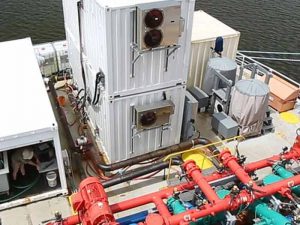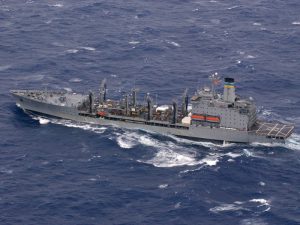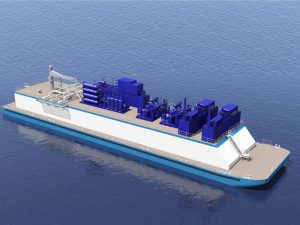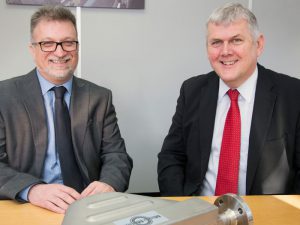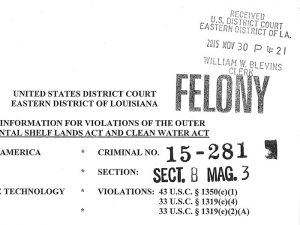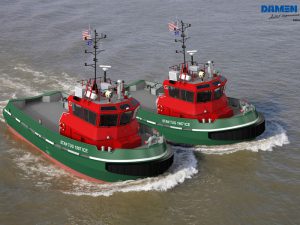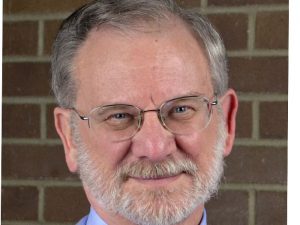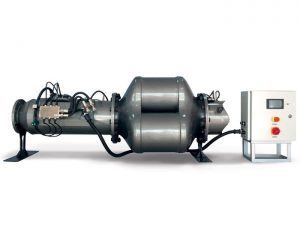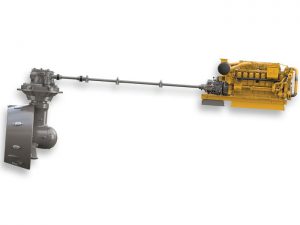
Harley Marine opts for tug-specific Cat package
They will power two new harbor tugs currently under construction at Diversified Marine Inc.’s Portland, OR, shipyard.
“Much of Harley Marine’s fleet is powered by Cat engines, and with the construction of these two new vessels, they’re adding our tug-specific propulsion solution as well,” said Emil Cerdier, sales manager for Cat Propulsion. “Getting a complete package from one supplier simplifies the design,installation, and service support, allowing Harley to rely on the Cat dealer network as a single point of contact for the entire powertrain system.”
Each Harley Marine harbor tug will feature a pair of 3516 engines, each delivering 2575 hp(1920 kW) @ 1600 rpm and two MTA 524-T thrusters with a 95.5″ inch (2,400mm) propeller diameter.
The MTA 524-T is a new version of a proven design, specifically optimized for the operation profile of a tug. Based on the standard MTA design, the “Tug” rated drives include features to maximize bollard pull, simplify installation and maintenance, and increase maneuverability.
The Harley Marine units will be delivered with custom-made fixed-pitch propellers and a PTO-powered steering and lubrication system.
Cat Propulsion’s complete package for tugs includes engines, high-speed shafting, clutches, and controls. The display consoles for the control system willalso control engine and thruster functionality.
“Our MTA-T units bring the twin advantages of performance excellence and economy to the tug market,” Mr. Cerdier said. “Customers like Harley Marine will benefit both in terms of bollard pull and from the reliability of a consolidated control-engine-thruster package with component parts optimized to work together.”
Cat dealer Peterson Power led the efforts on the project, helping refine the spec and eventually supporting the installation and service of the systems.
As part of the total Cat Solution, Cat Financial is providing complete vessel financing throughout the construction and term of both tugs.
The Cat engines and thrusters are expected to deliver in mid-2016, with vessel deliveries in early 2017.
